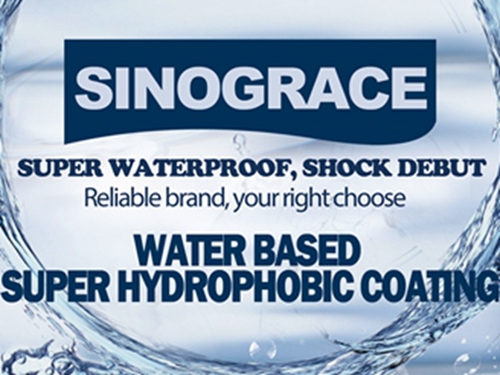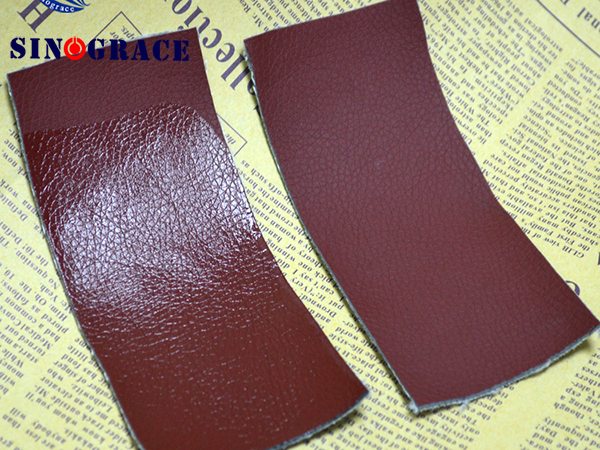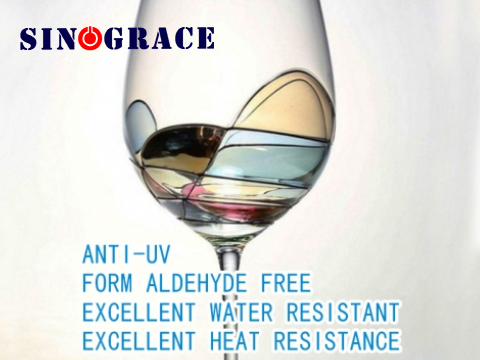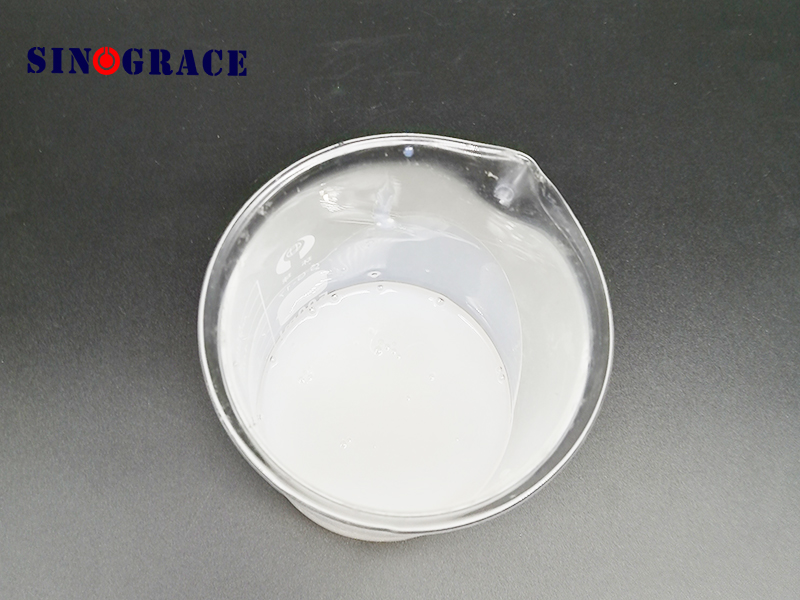The processing method of fabric coating finish - polyurethane coating
Fabric coating finishing is to evenly coat a layer of molecular film on the surface of the fabric to give the fabric with various functions and expand the use of the fabric. Compared with other coating materials, polyurethane coating has high tensile strength, large elongation, good elasticity, good wear resistance, heat resistance, low temperature resistance and aging resistance, and is a high-quality coating material. The main processing methods of polyurethane coated fabrics are dry and wet. Dry coating can be divided into direct coating and transfer coating, especially transfer coating. Direct coating is the coating agent directly coated on the surface of the fabric, mainly used to make thin waterproof clothing. Transfer coating is the preparation of the solution type polyurethane slurry on the release paper, after drying to form a film, and then the use of adhesive, extrusion, drying to make the base cloth and film closely together, and finally the release paper peel, can form a coated fabric with a pattern. There are three main wet coating methods: direct coating method, that is, the prepared polyurethane slurry is first coated on the substrate, and then wet solidified to form a porous cortical film; The second is the film method, that is, the polyurethane slurry is coated on the polyurethane film, the wet film is formed into a porous layer, and then it is fitted on the background cloth; The third is the impregnation method, that is, the base cloth is impregnated in the polyurethane slurry, and then the excess slurry is scraped away, and then the porous skin film is formed by wet solidification. Sinogracec Chemical is a service-oriented company with functional textile technical services as the core, which can provide customers with waterproof, antibacterial, flame retardant and other functional solutions such as clothing, leather, luggage, wall cloth wallpaper, yarn, ribbon, shoe materials.
read more

 English
English français
français русский
русский español
español العربية
العربية








